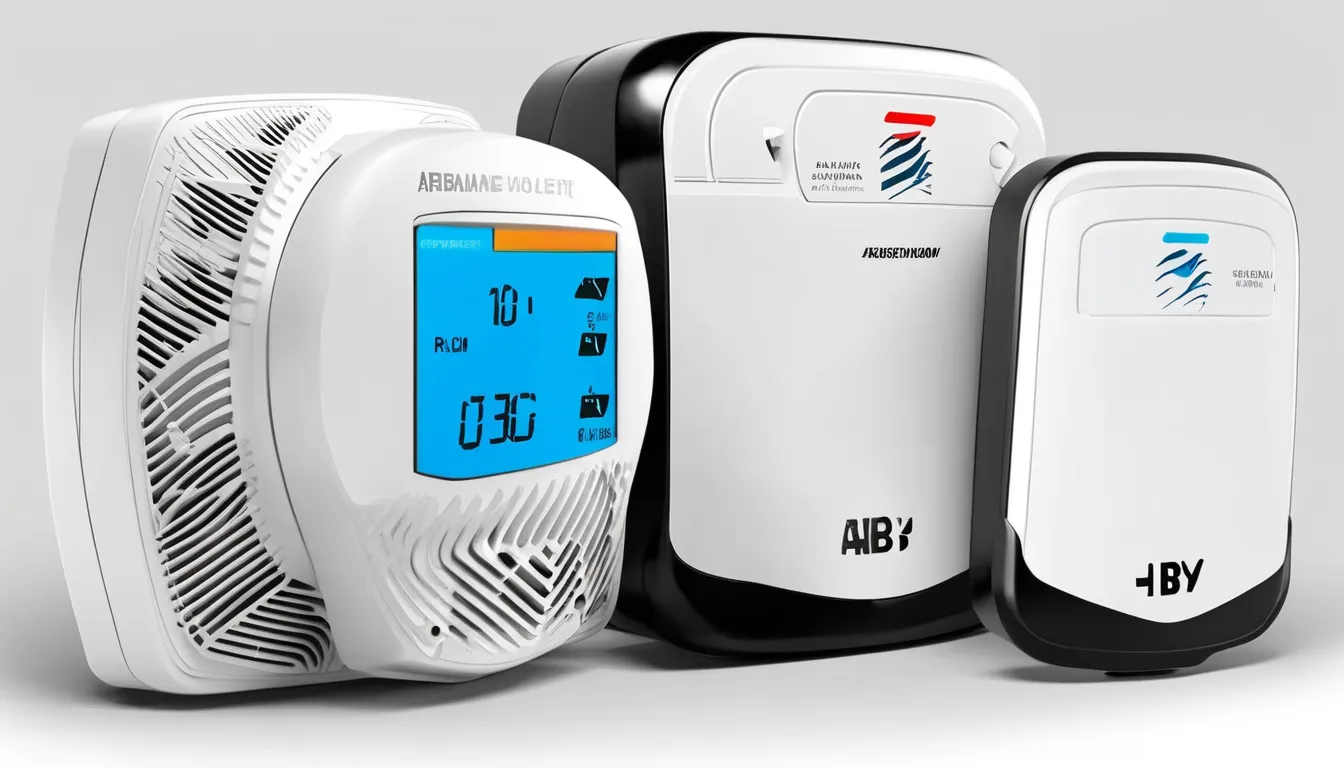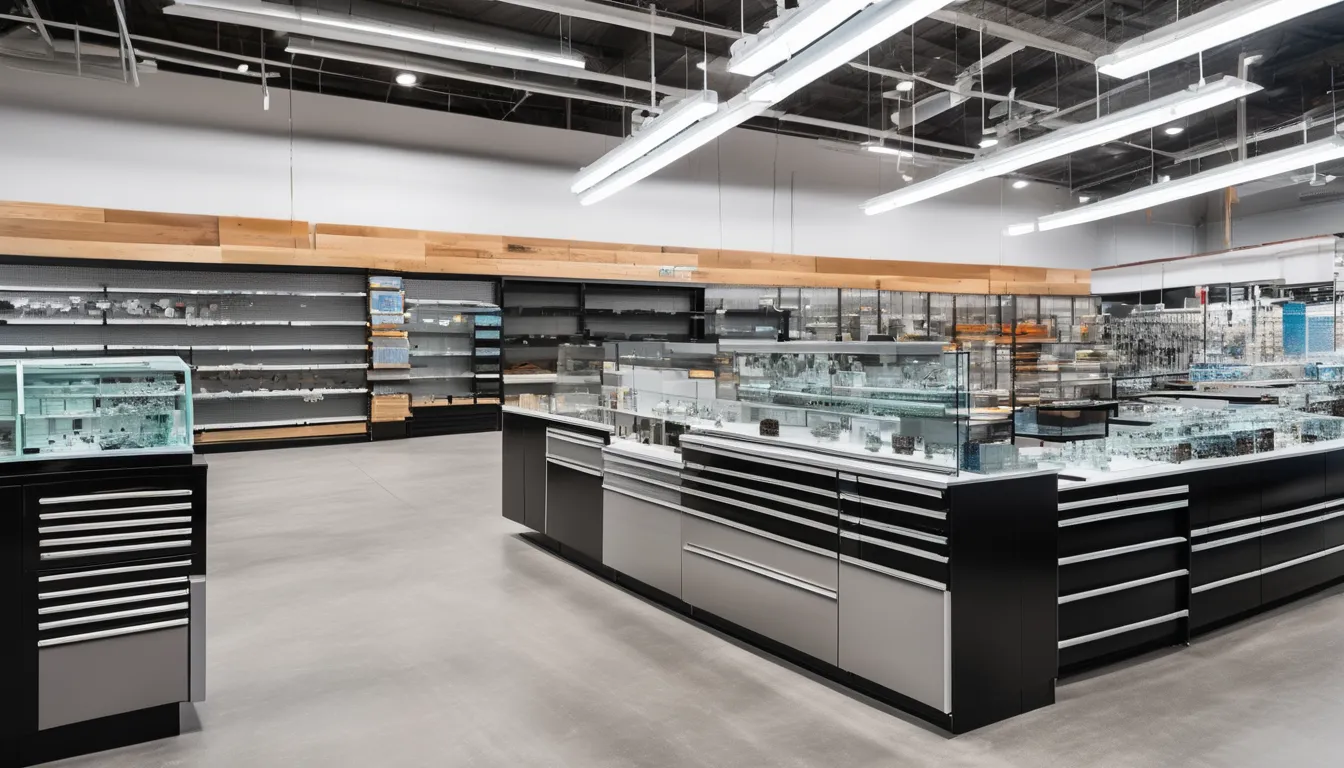As a detective, you’re no stranger to the importance of forensic science in solving crimes. But when it comes to selecting the right tools for the job, the options can be overwhelming. You’ll need to consider the type of evidence you’re working with, the environmental conditions you’ll be using the detector in, and your budget. With so many types of detectors available – from chemical to biological – it’s crucial to understand what sets them apart. But what are the key features to look for, and how can you be sure you’re choosing the right detector for your case?
Types of Forensic Detectors
Within the field of forensic science, you’ll encounter various types of detectors that aid in analyzing evidence and solving crimes. These detectors can be categorized into several types, each with its unique functionality and application.
You’ll work with chemical detectors, which identify and analyze substances such as narcotics, explosives, and toxic chemicals.
These detectors use various techniques, including chromatography and mass spectrometry, to provide accurate results.
Another type of detector you’ll use is the radiation detector, which identifies and measures ionizing radiation in a given area or object.
This can be crucial in investigating nuclear-related crimes or accidents.
Biological detectors are also essential in forensic science.
These detectors identify and analyze biological substances such as DNA, blood, and other bodily fluids.
They often use polymerase chain reaction (PCR) and other molecular biology techniques to provide accurate results.
Lastly, you’ll work with explosives detectors, which identify and analyze explosive materials.
These detectors use various techniques, including X-ray and ion mobility spectrometry, to detect and analyze explosives.
Choosing the Right Detector
Choosing the Right Detector
Your choice of detector can make or break a forensic investigation.
With so many options available, selecting the right one can be overwhelming.
To ensure you make the best decision, consider the type of evidence you’ll be working with and the environment in which you’ll be using the detector.
- Evidence type: Consider the type of evidence you’ll be analyzing. If you’re working with biological samples, a detector with a high sensitivity to DNA or proteins may be necessary.
- Environmental conditions: Think about the environment in which you’ll be using the detector. If you’ll be working in a harsh or extreme environment, choose a detector that’s rugged and durable.
- Portability: Consider the portability of the detector. If you’ll be working in the field, a lightweight and compact detector may be necessary.
- Cost and budget: Think about the cost and budget of the detector. Choose a detector that fits within your budget and meets your needs.
Key Detector Features
Now that you’ve narrowed down your options and chosen a detector that fits your needs, it’s time to examine its features more closely. Key detector features can greatly impact the effectiveness of your investigations.
First, consider the device’s sensitivity, which affects its ability to detect even the smallest amounts of evidence. A more sensitive detector can be beneficial in some cases, but it may also increase false positives.
You should also look at the detector’s selectivity, which determines its ability to differentiate between various substances. A detector with high selectivity can reduce false positives and provide more accurate results.
The detector’s response time is another crucial feature to consider. A faster response time allows you to quickly scan a scene and identify potential evidence.
Additionally, you should examine the device’s power source, battery life, and durability to ensure it can withstand the demands of your investigations. Some detectors also come with advanced features such as data logging, GPS, or wireless connectivity, which can enhance your ability to collect and analyze evidence.
Effective Detector Usage
Your ability to effectively use a ozone analyzer ensics detector greatly impacts the success of your investigations.
A well-trained detective knows how to maximize the capabilities of their detector to uncover crucial evidence.
When using a forensics detector, you’ll want to start by following the manufacturer’s guidelines for operation and calibration.
This ensures you’re getting accurate readings and minimizing false positives.
Here are some key steps to keep in mind:
- Scan systematically: Divide the investigation area into sections and methodically scan each one to ensure thorough coverage.
- Adjust sensitivity: Tailor the detector’s sensitivity to the environment and type of evidence you’re searching for.
- Use multiple modes: Switch between detection modes, such as visual or acoustic, to gather a more comprehensive picture of the scene.
- Document findings: Record and photograph all readings and evidence to build a solid case file.
Limitations and Considerations
A forensics detector is only as effective as its user understands its limitations. As you choose and use a detector, it’s crucial to consider its capabilities and constraints.
Every detector has a specific range of detection, and going beyond that range can lead to inaccurate or misleading results. For example, a detector designed for narcotics mightn’t perform well in detecting explosives.
You must also consider environmental factors that can impact your detector’s performance. Weather conditions, humidity, and temperature can all affect accuracy and reliability.
Additionally, interference from other devices or substances can also compromise your results. When selecting a detector, think about the environments in which you’ll be using it and choose one that’s designed to handle those conditions.
It’s also essential to maintain your detector properly and follow the manufacturer’s instructions for calibration and testing.
Regular maintenance will ensure your detector continues to perform optimally, and calibration will help prevent false positives or false negatives. By understanding and addressing these limitations, you can use your forensics detector effectively and efficiently.
Conclusion
You’ve now got the knowledge to choose the right tools for the job. When investigating a crime scene, selecting the correct forensic detector is crucial for accurate results. Remember to consider the type of evidence, environmental conditions, portability, and budget. By understanding key features and limitations, you’ll make informed decisions and effectively use detectors to analyze evidence and crack the case. This know-how will help you stay one step ahead in forensic investigations.




